Sign up for our newsletter to receive updates about new articles, great deals, and information about the activities you love and the gear that makes them possible:
Have You Read Our Other Content?
Map Mondays – Week 10 – Angleworm to Wood
As part of our continuing series on the “route planning game,” we are creating routes using randomly selected entry points, exit points, and number of days to create unique and fun BWCA routes. Let’s check it out! Total Mileage: 45.5 milesNights: 5Paddle Distance: 36.7 milesPortage Distance: 8.7 miles Day 1: Miles: 7.6Target Campsite: Thunder LakeDescription:…
The BWCAW Permit and Visitor Use Report
At the end of July, last year’s visitor use report was published by the USFS. It notes current statistics and trends in visitor numbers and activities. It also provides a unique benchmark which, along with past visitor surveys (and more major studies from 2007, 1992, and 1969) gives a glimpse into the people utilizing the…
Smoke On the Horizon – How Fire Towers Changed BWCA History
A drive out from Ely today, and you won’t see many fire towers. They’ve vanished as antiquated methods of dutiful rangers past. But less people remember how those fire towers have shaped our wilderness experiences.
Six Rules for BWCAW Portage Etiquette
If you are new to wilderness canoe camping, especially in a heavily used wilderness area like the BWCAW, then the group traffic at some of the busier portages in Canoe Country may come as a shock. Here are six [written and unwritten] rules you should apply the next time you portage on a well-congested portage trail.…
Echoes of ’93 – Managing a Complicated Wilderness
“There is currently too much visitor use in some areas of the BWCAW on some days. Excessive use results in the following impacts: Off-site camping on non-designated sites which impacts vegetation, soils, and heritage resources. Some designated campsites and portages are too heavily impacted based upon our LAC inventory data. Approximately 85% of all existing…
An Expert’s Perspective on BWCA Forests
Lee Frelich, Director of The University of Minnesota Center for Forest Ecology, is one of the foremost experts on the forests of the BWCAW and the fire ecology that dictates its composition. We interviewed him to gain his invaluable insight into this incredible ecosystem, its history, and a glimpse into its future. Question 1. For…
The Ten Types of BWCA Campsite
Every traveler to the BWCA has their ideal of what a campsite should look like and what features it should have. Perhaps it has a sprawling camp kitchen or a nice overlook. Perhaps it’s perched on an island or alongside a sprawling beach. But whether the campsite is easy to access or is tucked back…


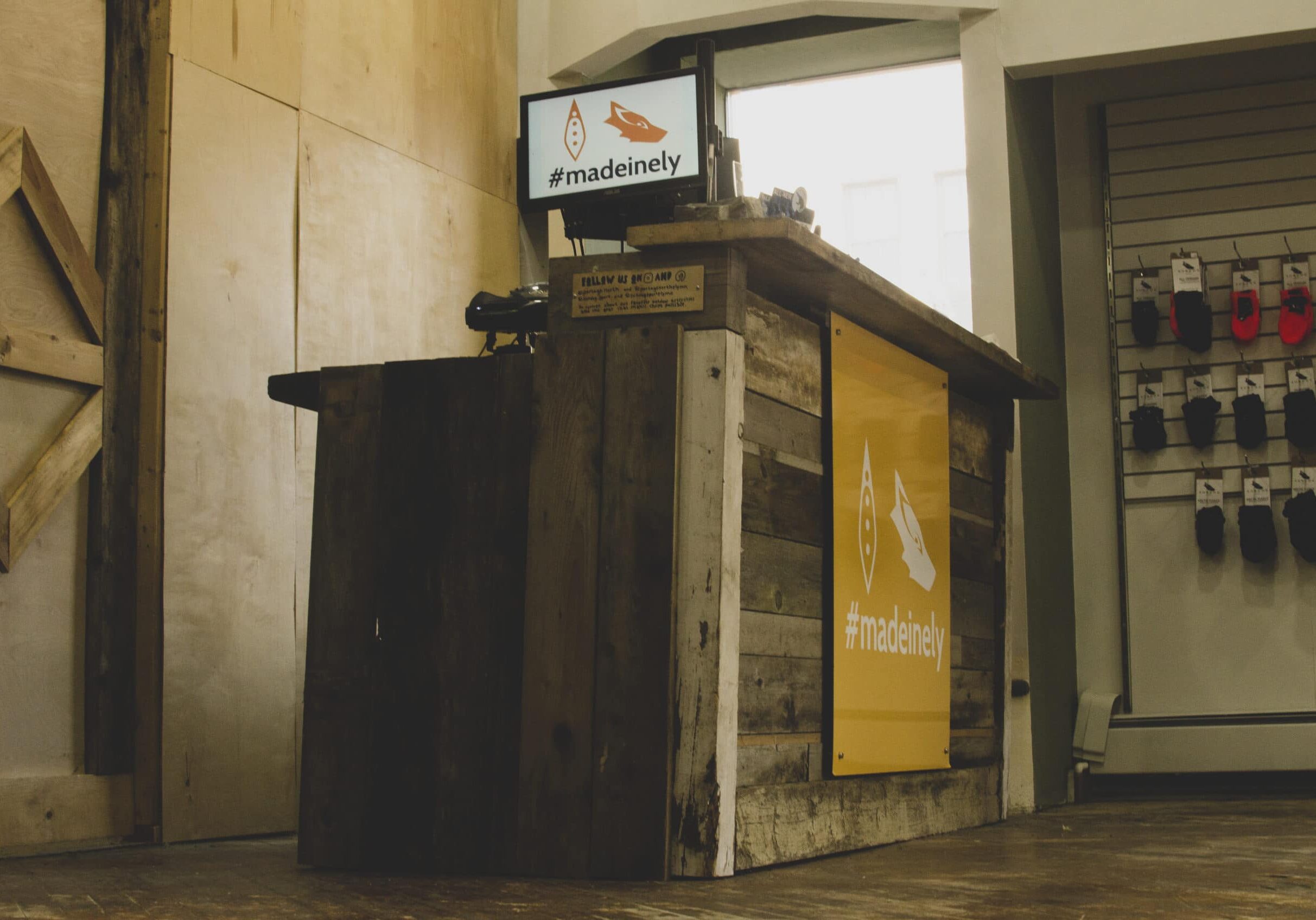
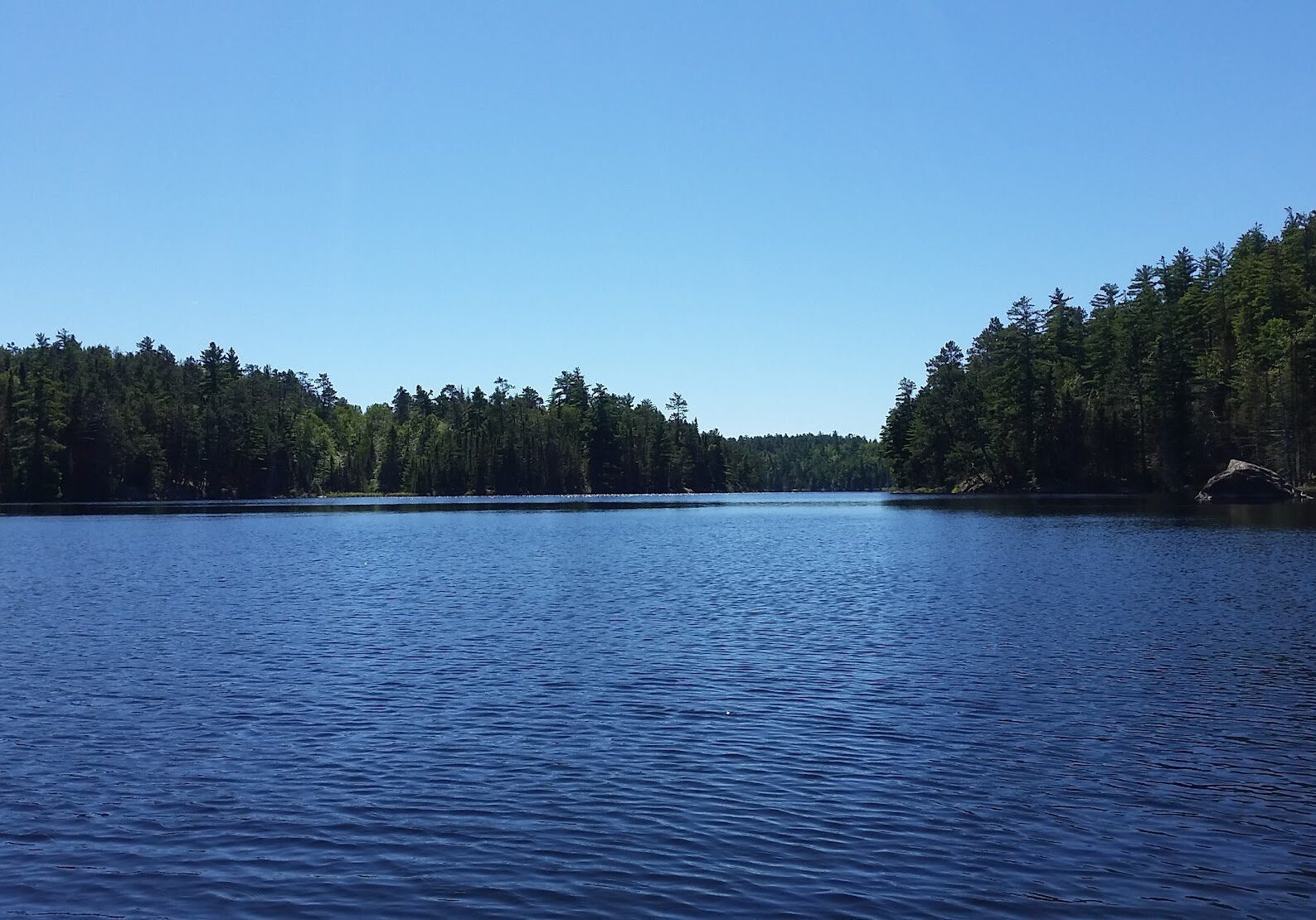
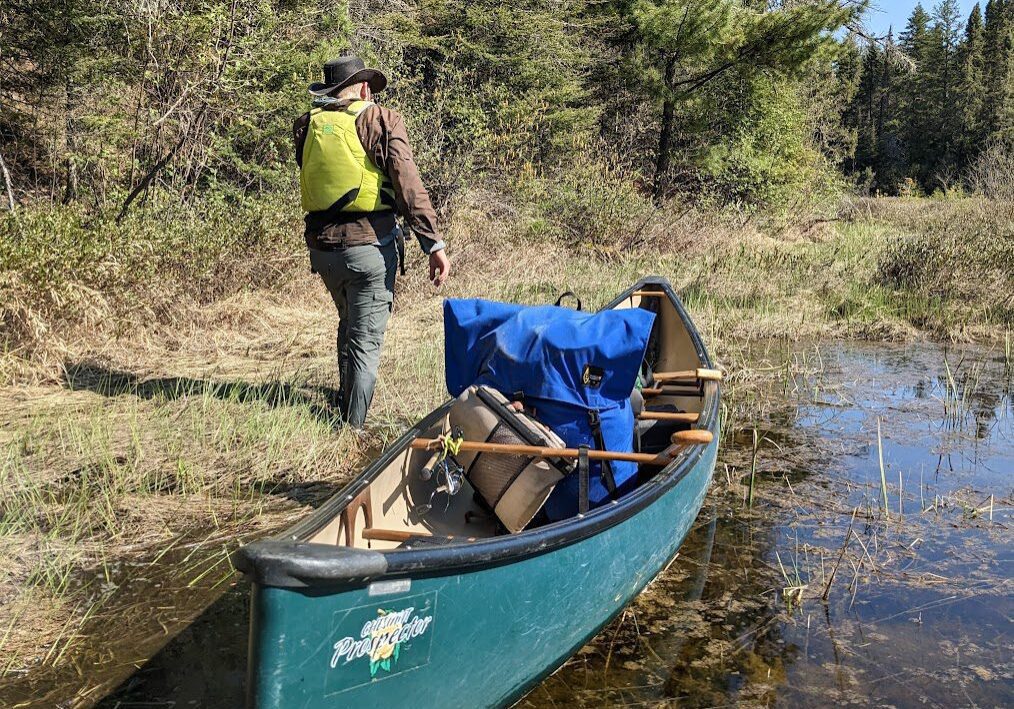
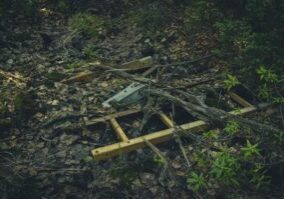

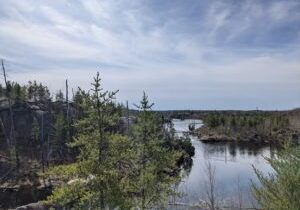
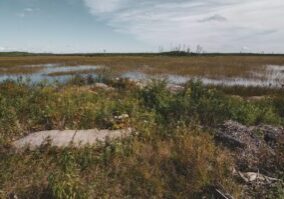
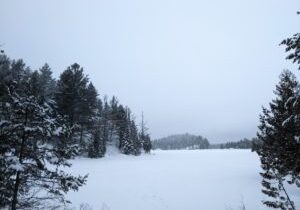
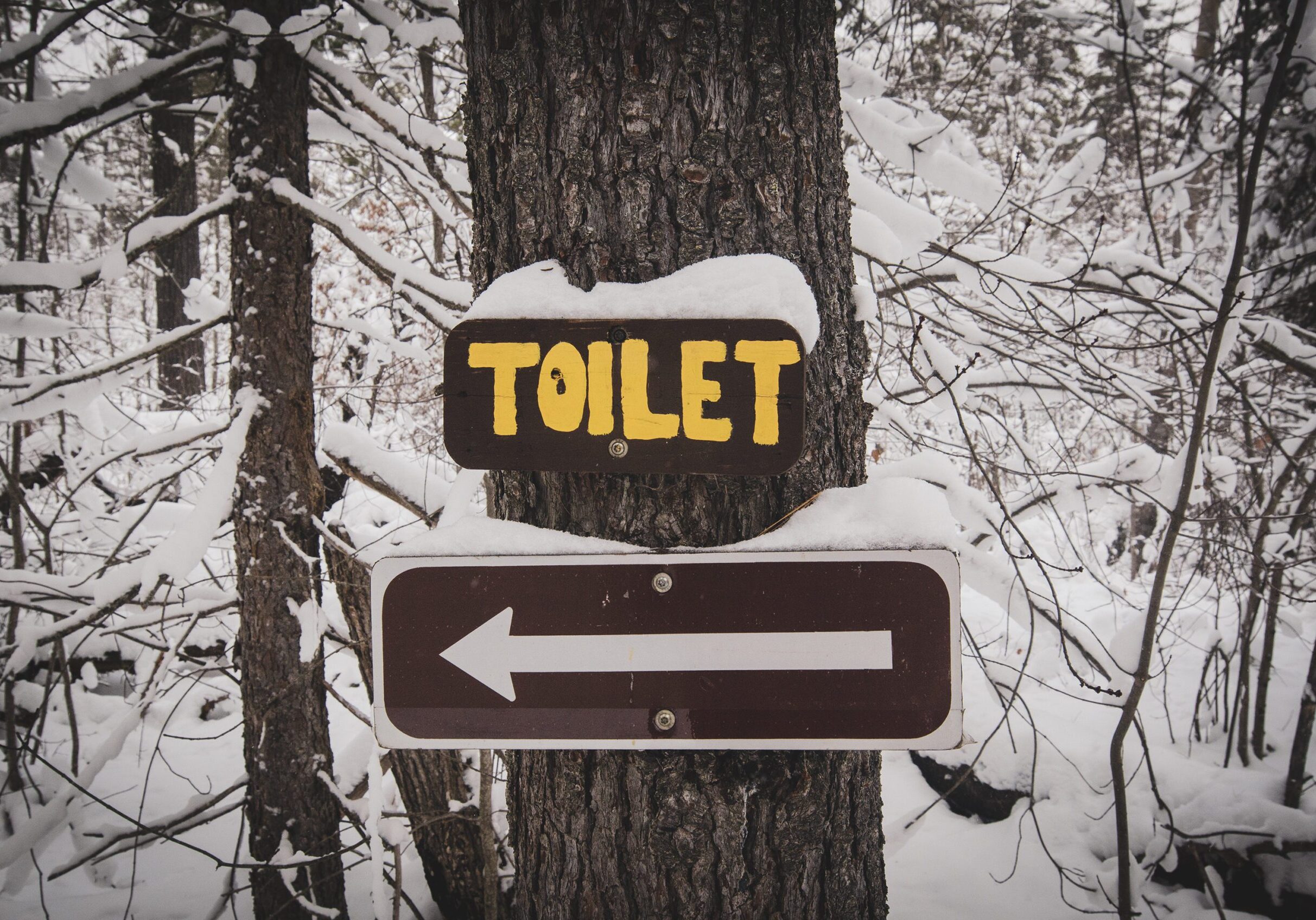
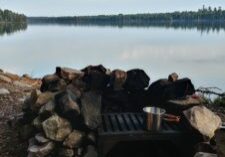

Thank you for the summary of the report – interesting! You noted “Overnight hikers, for instance, make up about 1% of permits in a given year.” I’ve wondered if there would be value in more promotion of the BWCAW trails and even adding a few long trails (which would require allocating more money). It seems to me hiking allows more people (I’m thinking dozens not thousands) to enjoy the wilderness without interfering with canoeists. Hikers tend to be minimalists so really all they need is a trail that occasionally goes past a water source and some sort of camping space even far away from a lake. The existing BRT and KEK are good examples. There are plenty of permits available but the trails are under utilized. Maybe it’s just too hot during the summer for long hikes.
I considered hiking the Kekekabic Trail, but the part I was on was overgrown. The trail is maintained and marked. But the lack of hiking traffic allows the underbrush to grown knee high. It makes it difficult to see where your next step will land. And I don’t think it’s reasonable to expect the Forrest Service to trim the trail. I don’t know if the abundance of undergrowth is why people do not hike it. I did not camp on the trail. I was on an overhight paddle on Dissapointment Lake.
Hello Tom. Thank you for your insightful feedback. Hiking in the BWCA has always been a bit of a niche, and I have never really understood why. There are some really amazing trails like the BRT and the Kek (which you mentioned.) Others like the Sioux Hustler, Pow Wow, Herriman, and Angleworm are amazing also. There are also a bunch of small trails which see less support and are very underutilized. Part of the problem is, as you also inferred, summers are tough for hiking. The forests of the BWCA are dense and the bugs can be on another level. Part of it I think is the draw of the area. It is known for its canoeing; that’s what it is managed for and that’s what draws people. In the past, the USFS has been hesitant to allow new trails to open and has, at times, been hesitant to allow for existing trails to continue to be maintained (see the 1993 report article for an example.) In 1993, there was serious consideration in closing the Sioux Hustler. The Kekekabic was at one time abandoned before volunteers made it what it is today. The Pow Wow lost its eastern half and nearly lost its western half after Pagami Creek until volunteers did the nearly-unimaginable and cut thousands upon thousands of trees off of it. In other instances, the forest service has not allowed volunteer crews to reopen trails such as the old Stuart River trail which ran to Lac La Croix. So, with that, the volunteer organizations which cooperate with the forest service are world class. They make the hiking trails possible; these trails wouldn’t exist without them. That said, though hiking numbers have grown some over the years, it’s still small and likely will continue to be so. It’s just not what the BWCA is known for and nearby trails like the SHT and the state parks take higher traffic. In any case, for those in the know, the hiking trails in the BWCA are special and do provide a unique perspective on a place most people encounter from inside a canoe. For what it’s worth, I feel the BRT is the best hiking trail in the state, but it’s also wild, rugged, and challenging. With limited signage and limited trail marking, wilderness trails are not for everyone, but it’s also what makes them truly special!
[…] Explore The BWCAW Permit and Visitor Use Report […]